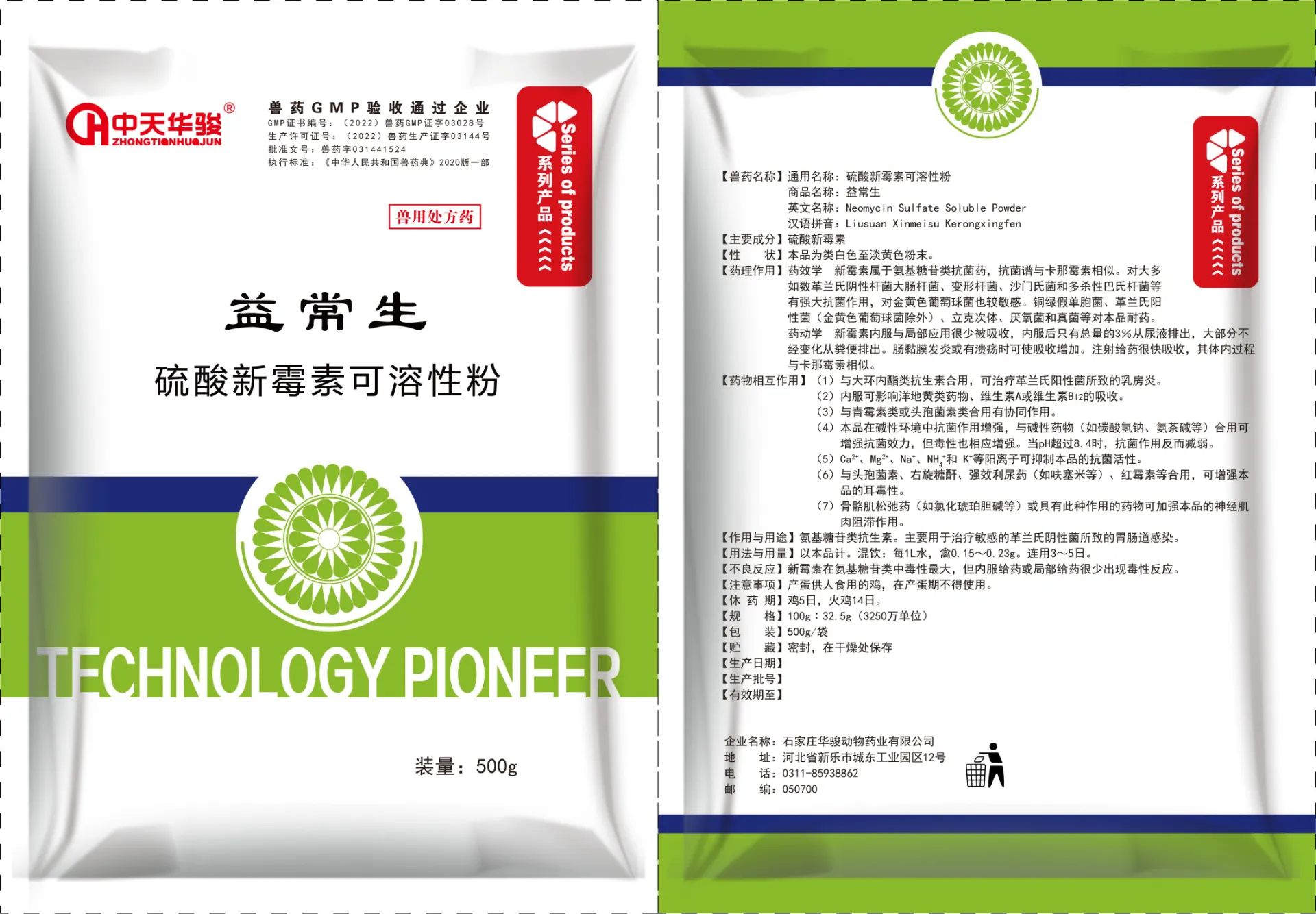
Nov . 13, 2024 15:59 Back to list
ancylostomiasis manufacturers
Ancylostomiasis An Overview and Its Impact on Global Health
Ancylostomiasis, commonly known as hookworm infection, is a significant public health concern in many parts of the world, particularly in tropical and subtropical regions. Caused by two main species of hookworms—Ancylostoma duodenale and Necator americanus—this parasitic infection affects millions of people, primarily in impoverished communities. Understanding its impact, transmission, and treatment can help in mitigating its effects on global health.
Transmission and Lifecycle
Hookworms are transmitted through contaminated soil, particularly in areas where sanitation is poor. The larvae enter the human body through the skin, usually via bare feet, and migrate through the bloodstream to the lungs. From there, they ascend the respiratory tract and are swallowed, reaching the intestines where they mature into adult worms. Each female hookworm can produce thousands of eggs daily, which are excreted in feces and further contaminate soil and water sources.
Individuals at higher risk for ancylostomiasis often include those living in rural areas with limited access to clean water and sanitation facilities. Children, in particular, are vulnerable due to their outdoor activities and less hygiene awareness.
Symptoms and Health Implications
The symptoms of ancylostomiasis can be quite varied. While some individuals may remain asymptomatic, many experience gastrointestinal issues such as abdominal pain, diarrhea, and weight loss. The most severe consequence of hookworm infection is iron deficiency anemia. Hookworms attach themselves to the intestinal wall and feed on blood, leading to significant blood loss over time. This, combined with poor nutrition in infected individuals, can result in debilitating anemia, affecting energy levels, cognitive development in children, and overall health.
Moreover, the socio-economic implications of ancylostomiasis are profound. Infected individuals, particularly those experiencing severe symptoms, may be unable to work, leading to loss of income and increased healthcare costs. This creates a cycle of poverty and poor health that is difficult to escape.
ancylostomiasis manufacturers

Prevention and Treatment
Preventing ancylostomiasis involves multiple strategies, including improving sanitation and hygiene practices, promoting the use of shoes in endemic areas, and increasing public awareness about the risks of hookworm infection. Mass deworming programs, particularly for school-aged children in high-risk areas, have been implemented in various countries and have shown significant success in reducing infection rates.
When it comes to treatment, anthelmintic medications such as albendazole or mebendazole are commonly prescribed to eliminate the parasites. These treatments are effective and typically inexpensive, making them accessible in many developing countries. However, challenges remain in ensuring widespread access to treatment, especially in remote areas.
The Role of Manufacturers and Public Health Initiatives
Manufacturers of anti-parasitic medications play a crucial role in the fight against ancylostomiasis. They are responsible for producing affordable and effective treatments, ensuring that these medications reach those who need them most. Collaboration between pharmaceutical companies, international health organizations, and local agencies is essential for addressing this public health challenge.
In addition to treatment, manufacturers can contribute to preventive measures by supporting research into vaccines, developing better diagnostic tools, and investing in educational programs that promote hygiene and sanitation.
Conclusion
Ancylostomiasis remains a significant global health issue, particularly in underprivileged communities. Addressing the transmission, symptoms, and socio-economic consequences requires a concerted effort from governments, health organizations, and manufacturers alike. By improving prevention measures, ensuring access to treatment, and raising awareness, we can make strides in controlling and potentially eliminating this debilitating disease.
-
China Salivation AI with GPT-4 Turbo Features
NewsAug.01,2025
-
Epic Sepsis Factories: AI-Driven Detection with GPT-4 Turbo
NewsJul.31,2025
-
Acute Salpingitis and Oophoritis AI Factory
NewsJul.31,2025
-
Premium China Bacillus Subtilis Supplier & Factory Solutions
NewsJul.30,2025
-
Premium Avermectin Supplier in China | Custom Solutions Available
NewsJul.29,2025
-
China Bacillus Subtilis Supplier - Custom Factory Solutions
NewsJul.29,2025




